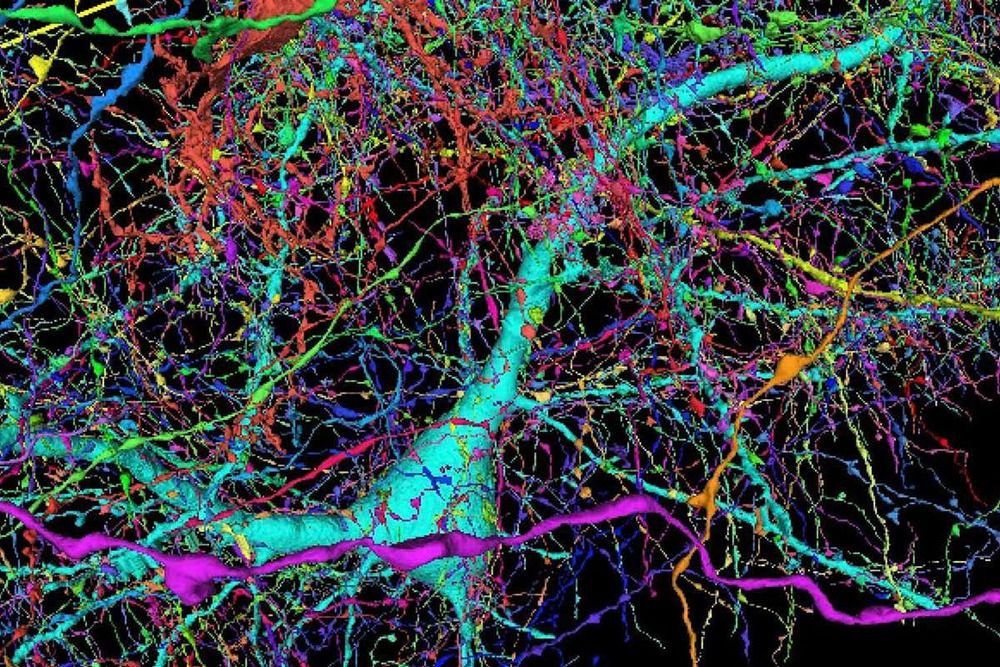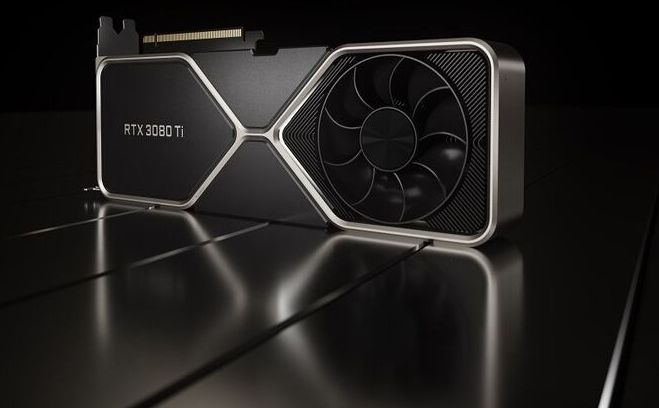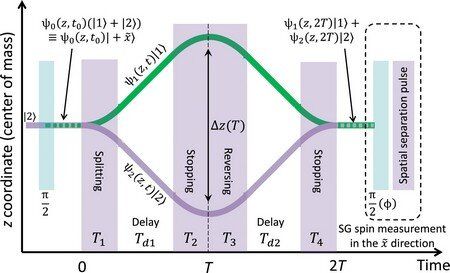A Computer Science portal for geeks. It contains well written, well thought and well explained computer science and programming articles, quizzes and practice/competitive programming/company interview Questions.
Archive for the ‘computing’ category: Page 475
Jun 11, 2021
Researchers observe sound-light pulses in 2D materials for the first time
Posted by Saúl Morales Rodriguéz in categories: computing, engineering, particle physics, quantum physics
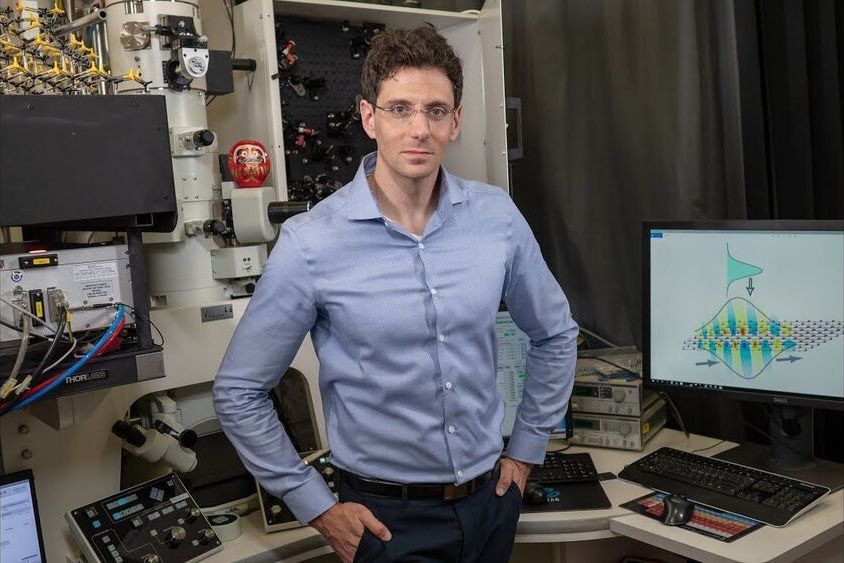
Using an ultrafast transmission electron microscope, researchers from the Technion—Israel Institute of Technology have, for the first time, recorded the propagation of combined sound and light waves in atomically thin materials.
The experiments were performed in the Robert and Ruth Magid Electron Beam Quantum Dynamics Laboratory headed by Professor Ido Kaminer, of the Andrew and Erna Viterbi Faculty of Electrical & Computer Engineering and the Solid State Institute.
Continue reading “Researchers observe sound-light pulses in 2D materials for the first time” »
Jun 11, 2021
Google has mapped a piece of human brain in the most detail ever
Posted by Dan Kummer in categories: biotech/medical, computing, neuroscience
Google has helped create the most detailed map yet of the connections within the human brain. It reveals a staggering amount of detail, including patterns of connections between neurons, as well as what may be a new kind of neuron.
The brain map, which is freely available online, includes 50000 cells, all rendered in three dimensions. They are joined together by hundreds of millions of spidery tendrils, forming 130 million connections called synapses. The data set measures 1.4 petabytes, roughly 700 times the storage capacity of an average modern computer.
The data set is so large that the researchers haven’t studied it in detail, says Viren Jain at Google Research in Mountain View, California. He compares it to the human genome, which is still being explored 20 years after the first drafts were published.
Jun 11, 2021
Amazon Web Services says will open data centers in Israel
Posted by Genevieve Klien in categories: computing, military
Amazon Web Services (AMZN.O) said it will open data centers in Israel, with the announcement coming weeks after Israel signed a deal with AWS and Google for a more than $1 billion project to provide cloud services for its public sector and military.
In April, AWS and Google (GOOGL.O) won a tender for the four phase project known as “Nimbus”. read more
“Today, Amazon Web Services Inc, an Amazon.com company, announced it will open an infrastructure region in Israel in the first half of 2023”, AWS said in a statement on Friday.
Jun 8, 2021
Historic demand leads to a 39% increase in GPU shipments in Q1 2021
Posted by Genevieve Klien in categories: biotech/medical, computing
GPU shipments were way up during Q1 as Nvidia, AMD, and others struggle to meet ongoing pandemic-driven demand.
Jun 8, 2021
Ultra-high-density hard drives made with graphene store ten times more data
Posted by Genevieve Klien in categories: computing, materials
Graphene can be used for ultra-high density hard disk drives (HDD), with up to a tenfold jump compared to current technologies, researchers at the Cambridge Graphene Center have shown.
The study, published in Nature Communications, was carried out in collaboration with teams at the University of Exeter, India, Switzerland, Singapore, and the US.
HDDs first appeared in the 1950s, but their use as storage devices in personal computers only took off from the mid-1980s. They have become ever smaller in size, and denser in terms of the number of stored bytes. While solid state drives are popular for mobile devices, HDDs continue to be used to store files in desktop computers, largely due to their favorable cost to produce and purchase.
Jun 7, 2021
An atom chip interferometer that could detect quantum gravity
Posted by Quinn Sena in categories: computing, particle physics, quantum physics
Physicists in Israel have created a quantum interferometer on an atom chip. This device can be used to explore the fundamentals of quantum theory by studying the interference pattern between two beams of atoms. University of Groningen physicist, Anupam Mazumdar, describes how the device could be adapted to use mesoscopic particles instead of atoms. This modification would allow for expanded applications. A description of the device, and theoretical considerations concerning its application by Mazumdar, were published on 28 May in the journal Science Advances.
The device, created by scientists from the Ben-Gurion University of the Negev, is a so-called Stern Gerlach interferometer, which was first proposed 100 years ago by German physicists Otto Stern and Walter Gerlach. Their original aim of creating an interferometer with freely propagating atoms exposed to gradients from macroscopic magnets has not been practically realized until now. “Such experiments have been done using photons, but never with atoms,” explains Anupam Mazumdar, Professor of Theoretical Physics at the University of Groningen and one of the co-authors of the article in Science Advances.
The Israeli scientists, led by Professor Ron Folman, created an interferometer on an atom chip, which can confine and/or manipulate atoms. A beam of rubidium atoms is levitated over the chip using magnets. Magnetic gradients are used to split the beam according to the spin values of the individual atoms. Spin is a magnetic moment that can have two values, either up or down. The spin-up and spin-down atoms are separated by a magnetic gradient. Subsequently, the two divergent beams are brought together again and recombined. The spin values are then measured, and an interference pattern is formed. Spin is a quantum phenomenon, and throughout this interferometer, the opposing spins are entangled. This makes the interferometer sensitive to other quantum phenomena.
Jun 7, 2021
High-density hard drive packed with graphene stores 10 times the data
Posted by Hiel Salming Gagarin in categories: computing, particle physics, space
Researchers have found that graphene-enhanced hard drives can store data at ten times the density of existing HDDs.
By leveraging the wonder material graphene, a group at the University of Cambridge is claiming an advance in data storage that resembles more of a leap than a step forward. The new design unlocks higher operating temperatures for hard disk drives (HDDs) and with it, unprecedented data density, which the team says represents a ten-fold increase on current technologies.
In a HDD, data is written onto fast-spinning platters by a moving magnetic head. Special layers called carbon-based overcoats (COCs) protect these platters from mechanical damage and corrosion during operation, though these can only perform within a certain temperature range and also take up a lot of space.
Continue reading “High-density hard drive packed with graphene stores 10 times the data” »
Jun 7, 2021
Smashing gold with finesse: Shockless compression experiments establish new pressure scales
Posted by Saúl Morales Rodriguéz in categories: chemistry, computing, particle physics, quantum physics
To test the Standard Model of particle physics, scientists often collide particles using gigantic underground rings. In a similar fashion, high-pressure physicists compress materials to ever greater pressures to further test the quantum theory of condensed matter and challenge predictions made using the most powerful computers.
Pressures exceeding 1 million atmospheres are capable of dramatically deforming atomic electronic clouds and alter how atoms are packed together. This leads to new chemical bonding and has revealed extraordinary behaviors such as helium rain, the transformation of sodium into a transparent metal, the emergence of superionic water ice and the transformation of hydrogen into a metallic fluid.
With new techniques constantly advancing the frontier of high–pressure physics, terapascal (TPa) pressures that were once inaccessible can now be achieved in the laboratory using static or dynamic compression (1 TPa is equivalent to approximately 10 million atmospheres).
Jun 5, 2021
Gigadalton-scale DNA origami nanostructures explained
Posted by Logan Thrasher Collins in categories: bioengineering, biotech/medical, computing, education, nanotechnology, neuroscience
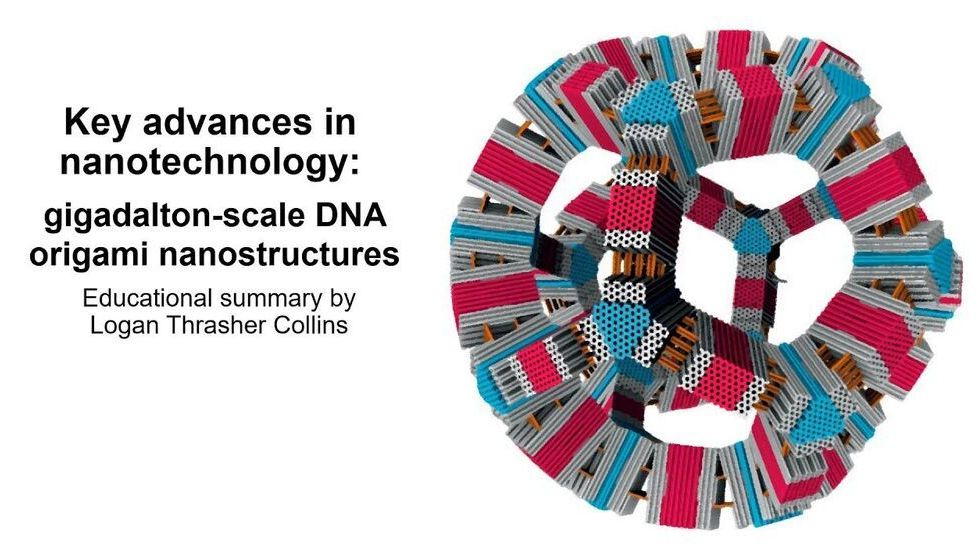
Check out this short educational video in which I explain some super exciting research in the area of nanotechnology: gigadalton-scale DNA origami! I specifically discuss a journal article by Wagenbauer et al. titled “Gigadalton-scale shape-programmable DNA assemblies”.
Here, I explain an exciting nanotechnology paper “Gigadalton-scale shape-programmable DNA assemblies” (https://doi.org/10.1038/nature24651).
Continue reading “Gigadalton-scale DNA origami nanostructures explained” »

